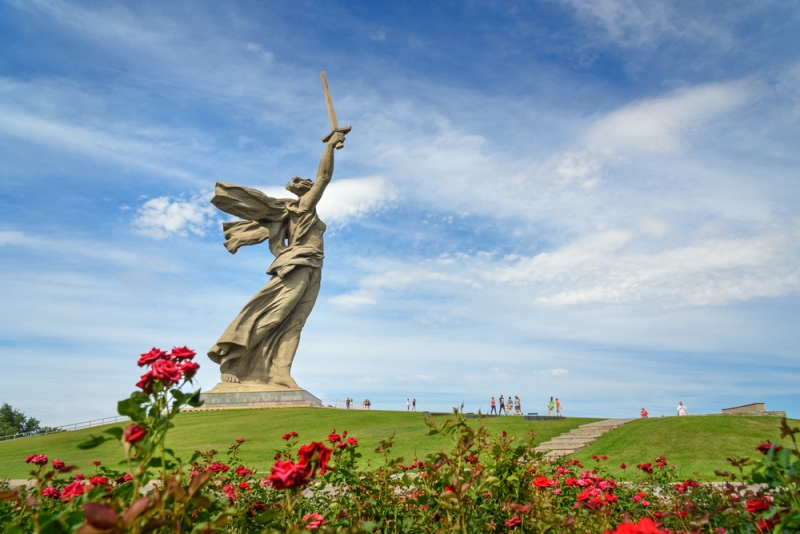
While many are just thinking about summer trips abroad, it’s time to start exploring their native lands. For example, few people have been to the Volgograd region, and even more so few people will immediately remember at least one attraction of this region, except for the sculpture “The Motherland Calls!” We tell you what to do in these southern latitudes.
Visit attractions for history buffs
Mamaev Kurgan
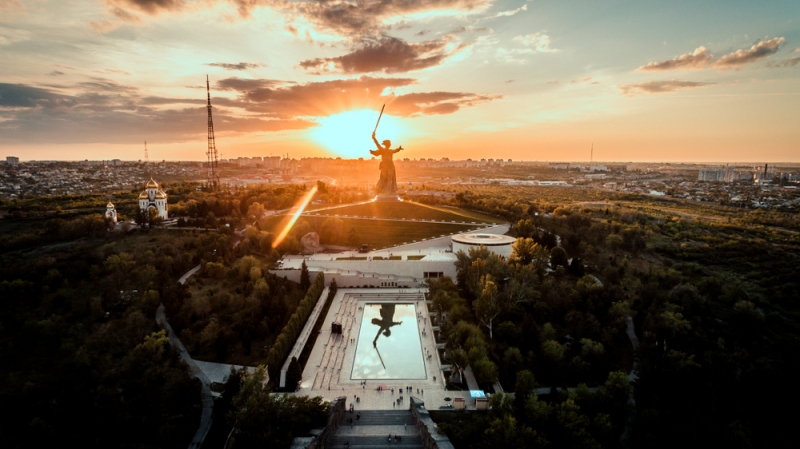
Photo: Alexandr Soloviev/Shutterstock.com
Of course, tourism in Volgograd is mainly patriotic, and its peak predictably falls on May 9: people from all over the world specially come here to see the Victory Parade, going from the Square of Fallen Fighters to Mamayev Kurgan. For many, the most obvious association with this city is the “Motherland”. To visit Volgograd and not see her means not to visit Volgograd.
Height of the sculpture “The Motherland is Calling!” 87 meters, that is, it is higher than the Statue of Liberty in New York or the statue of Christ the Redeemer in Rio (at the time of its construction in 1931, it was considered the tallest statue in the world – and remained so for 22 years). All travelers who came to see it agree: the structure is truly grandiose. However, before you go to the hill with the sculpture, you need to walk along the Mamayev Kurgan – a large-scale monument-ensemble dedicated to the heroes of the Battle of Stalingrad. This sculptural park with a memorial cemetery, a mass grave, the hall of the Eternal Flame and statues by Vuchetich is impressive and makes you think about how much the generations affected by the Second World War had to endure.
Panorama Museum “Battle of Stalingrad”
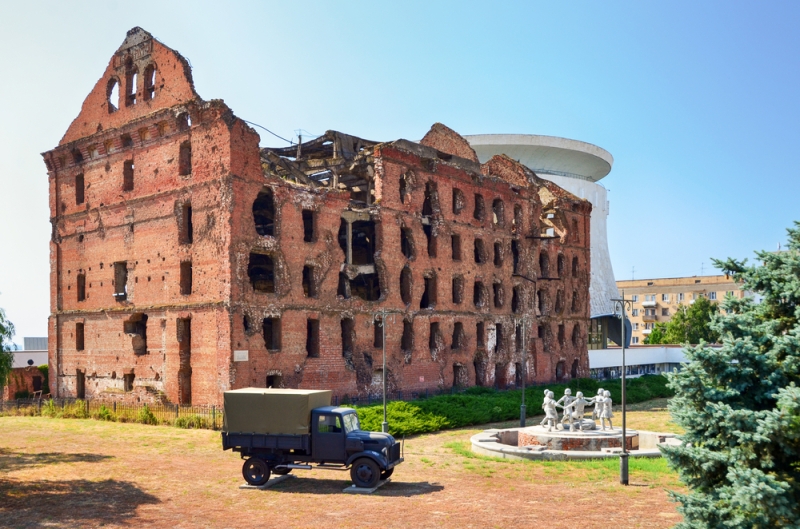
Photo: Popoudina Svetlana/Shutterstock.com
The huge museum complex, which includes ten halls, tells in detail the history of the defense of Stalingrad. Here, not only preserved items of military life are exhibited, but also interactive exhibits, thanks to which it is possible to imagine the scale of the feat of the townspeople. Take your time and ask for a guided tour – this way you will be able to learn many interesting details and impressive life stories, against which the script of the film “Stalingrad” pales in comparison.
By the way, the “Battle of Stalingrad” reserve includes several other objects throughout Volgograd: for example, an exhibition of military equipment with tanks, airplanes and self-propelled artillery units located near the panorama; armored boat BK-13 on the Central Volga embankment; the “Memory” museum in the basement of the Central Department Store (popularly called the “Museum of the Captivity of Paulus”).
Pavlov’s House and Gerhardt’s Mill
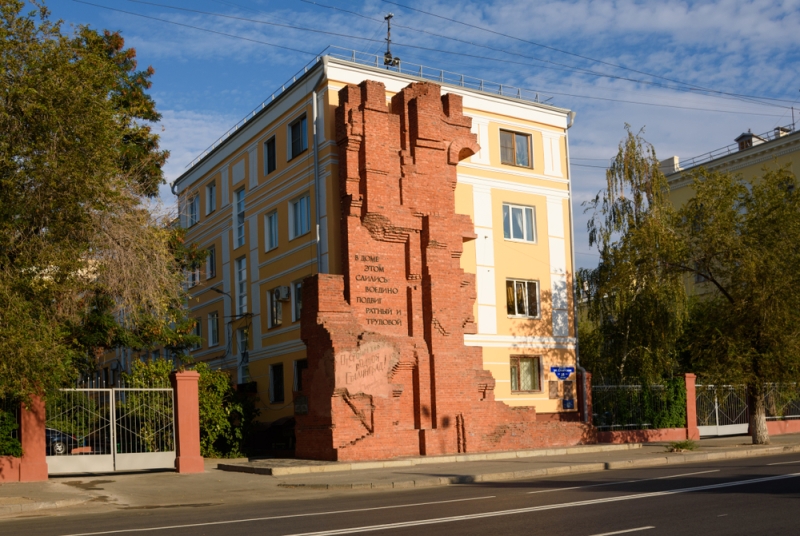
Photo: GetmanecInna/Shutterstock.com
These two buildings are also part of the Battle of Stalingrad reserve. The two buildings, standing almost opposite each other, were not restored in the post-war years: they were preserved almost completely destroyed, so that descendants could see what the entire city looked like after the end of hostilities. The roof of the Gerhardt mill was destroyed by direct hits from aerial bombs, and literally every square meter of it was cut up by bullets and shrapnel. In Pavlov’s house, a group of Soviet soldiers held the defense for two months, while the surviving townspeople were hiding in the basement of the building.
Volgogradsky Station
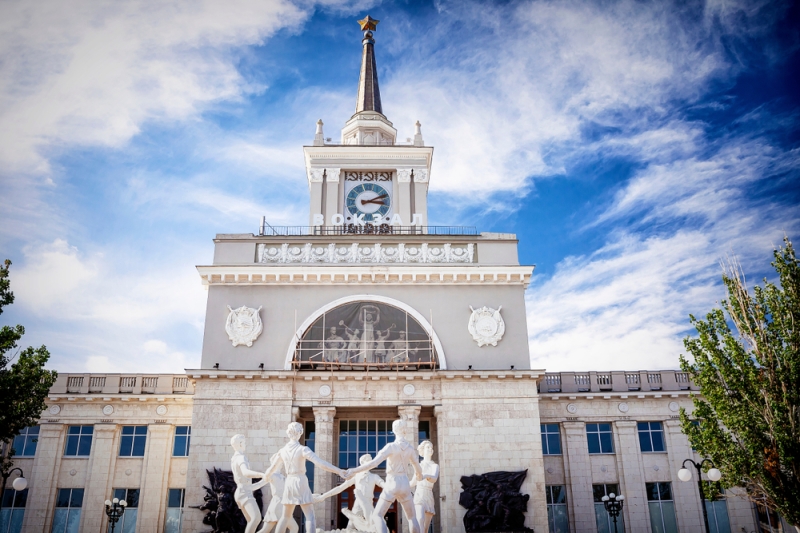
Photo: Rashid Valitov/Shutterstock.com
Even if you did not arrive in the city of military glory by train, take time to explore the Volgograd I station. This is a rather interesting monument of the Stalin era: the building itself is lined with granite and Inkerman stone, the interiors are made of marble. The station is decorated with monumental bas-reliefs on the outside and interesting Soviet-era frescoes inside: they depict the military and labor exploits of Stalingrad residents. They say that the artists depicted real-life local residents on the frescoes, but the image of Stalin in one of them was not lucky: after the fall of the cult of personality, he was redrawn as an ordinary collective farmer.
Historical, ethnographic and architectural museum-reserve “Old Sarepta”
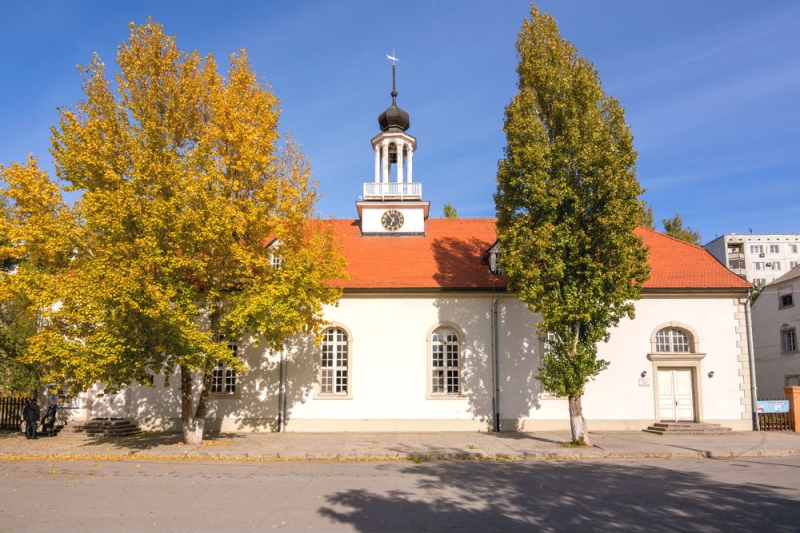
Photo: Madhourse/Shutterstock.com
In the first days of the Battle of Stalingrad, the city was almost completely wiped off the face of the earth, so it There are not many surviving monuments from the pre-war period. However, Old Sarepta is one of them. In Catherine’s times, it was on the banks of the Volga that German sectarians, the Herrnhuters, found refuge. Life in their colony was quite unique: for example, members of the brotherhood married not out of love, but “by lot.” It was believed that this is how divine providence is manifested.
Today the museum is dedicated to the life of a once prosperous colony of visiting Europeans: they say that they did a lot to develop the industry of the region, they began to grow mustard and make oil from it (today it is one of the gastronomic calling cards of the region), They made watermelon honey and baked fragrant gingerbread with spices. You can go to the local church, sometimes its employees even allow you to try yourself as an organist. Be sure to sign up for a tour in advance; without it, you definitely won’t learn the numerous stories about the ghosts of the local dungeons. It would be good to time your visit to coincide with the Sarepta holidays, performances by the local historical reconstruction club or tastings (for example, on German sausage day).
Volga-Don Canal
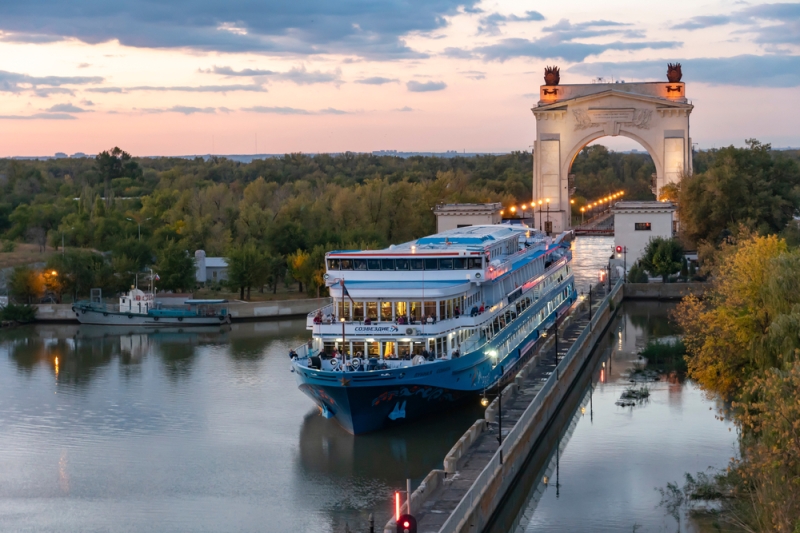
Photo : Alexandr Gostev/Shutterstock.com
Firstly, this place itself is very beautiful: two great rivers connect here, and the canal locks are crowned with monumental architectural compositions. Secondly, it is in the Krasnoarmeysky district of Volgograd that the largest monument to Lenin in the world stands. It looks big, but the legends associated with it are even more interesting. They say that a giant monument to Stalin used to stand on this site, but in 1961 it was dismantled overnight: no one ever found out what happened to it.
A visit to the canal can be combined, for example, with a walk along the island of Sarpinsky, where you can cross by ferry: this is a small village corner with deserted sandy beaches.
See extraordinary nature
Stolbichi
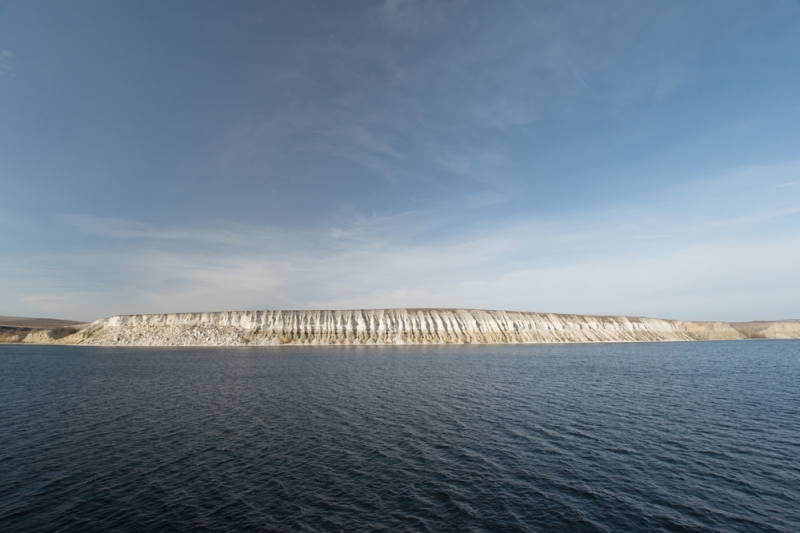
We all know roughly what the nature of Crimea or, say, Kamchatka looks like. But we can hardly call the nature of the Volgograd region remarkable. However, many places in the region will give a head start to foreign landscapes. For example, the steep yellowish-gray shore of the Volgograd Stolbichi reservoir resembles the cliffs of Normandy or Great Britain (the locals call it the “Volga Carpathians”).
Stolbichi themselves are located on the territory of the Shcherbakovsky natural park, so the visit can be combined with a visit to the Shcherbakovskaya gully, the Ternovsky settlement (a monument of the Catacomb culture of the Bronze Age) and a Mesolithic site near Urakov Hill. They say that if you spend a whole day at Stolbichi, you can see how bizarre the outlines of this natural monument change depending on the lighting and time of day.
Getting there: Most people explore the beauty of the area either by car or as part of a group tour. If you are going to Shcherbakovsky Park, you can first get to Kamyshin by bus, which departs from the central bus station of Volgograd, and then take a taxi. Or make the entire journey in your own or rented car.
Chalk Mountains and Donskoy Natural Park
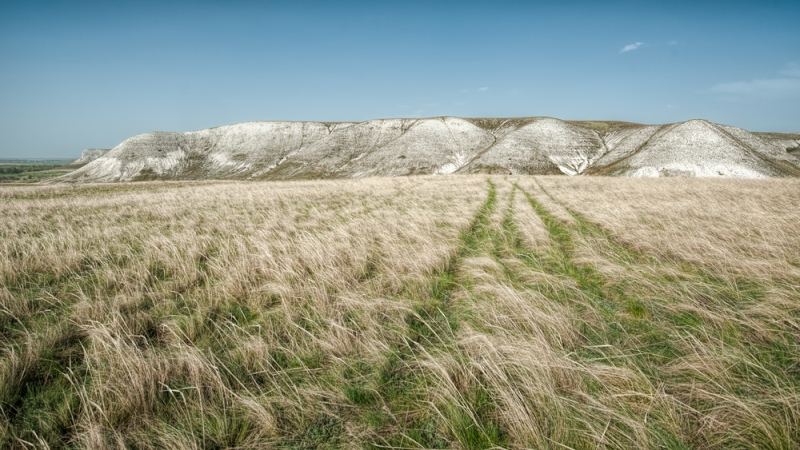
The landscape of the Volgograd region itself is unusual and diverse: this region is so large that several climatic zones manage to change on its territories. This part of the region is characterized by aridity, so the landscape is mainly steppes and semi-deserts. And Donskoy National Park is a real green oasis.
At the same time, in the park, above the Ilovlya River, snow-white chalk mountains rise. This is an amazing and very photogenic place: they say that the local chalk cliffs are geologically similar to the white cliffs of the English Channel, but exceed them in height. Limestone is mined here, and archaeological expeditions come in search of well-preserved remains of ancient vertebrates.
How to get there: From the central bus station of Volgograd, take a regular bus to Kamyshin or Ilovlya, then take a taxi.
Salt lakes Elton
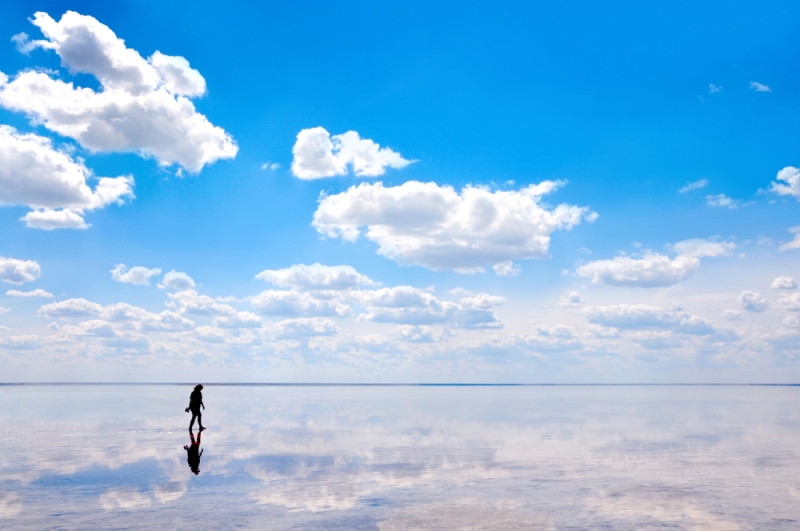
If analogies with foreign beauties do not seem convincing to you, we can recommend a couple of places where travelers feel as if they are on another planet. Salt lake Elton is the largest mineral lake in Europe. Previously, salt was mined here, but now production has stopped. Now Elton is a mud and balneological resort with a popular sanatorium. They say that the healing mud and healing air of the lake help people suffering from diseases of the nervous, digestive and musculoskeletal systems. By the way, in these parts you can see camels walking around the steppe.
How to get there: by regular bus or minibus, which depart several times a day from the central bus station to the village of Elton (the journey takes up to 6 hours) .
Alexandrovsky graben
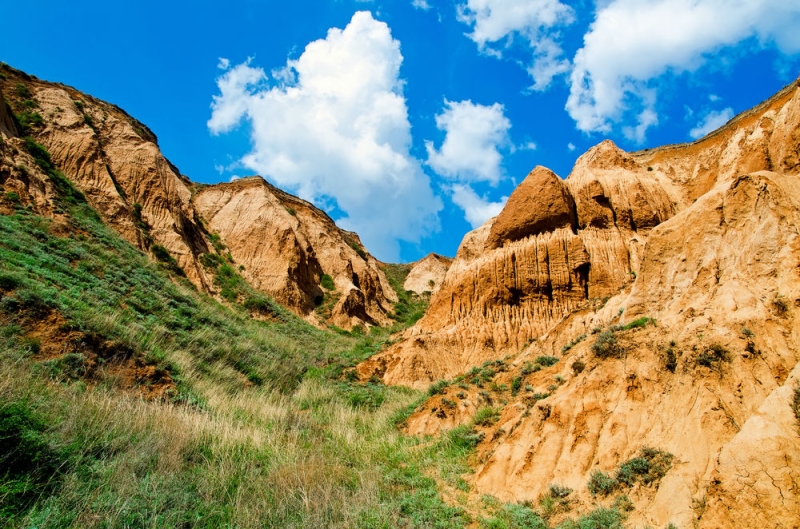
Geologically, the Aleksandrovsky graben is a unique place not only for the Volgograd region, but also for the Russian plain as a whole. This picturesque landscape was formed as a result of the uplift of rocks and failures of earth layers. The result is rugged red-and-white rocks, especially loved by paleontologists, because here you can literally collect the teeth of megalodons – prehistoric sharks – from under your feet. The best time to come here is either in the spring, when the graben is covered with fresh greenery and steppe flowers, or in the fall, when red and yellow foliage sets off the bright soil. The Aleksandrovsky graben from the Volga is especially beautiful.
How to get there: Only by car.
Lotus Lake
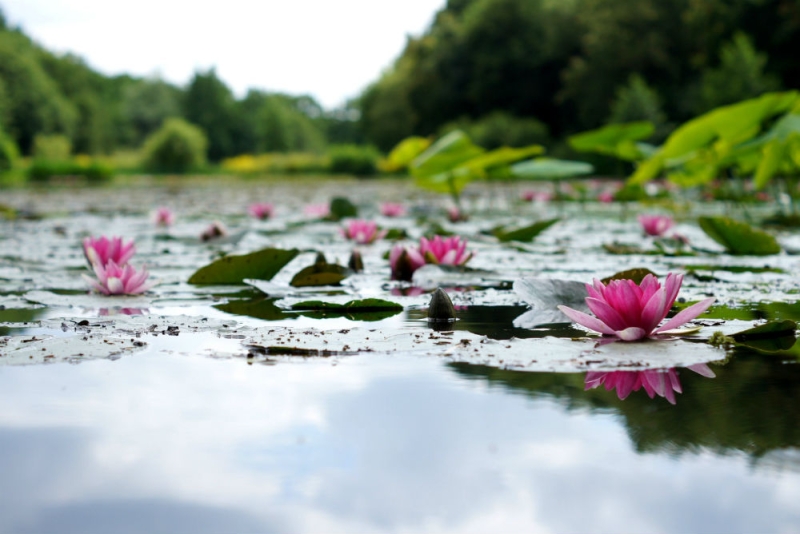
In order to see lotus blossoms, you don’t have to go to Thailand; you can just taxi to the Volga-Akhtubinskaya Floodplain Natural Park. You can find it using the geotag “Lotosov Lake” (located near the village of Lebyazhya Polyana and the village of Krasny Tugir). The best time to come and see lotuses is in the summer: flowering reaches its peak in August. This place is especially beautiful at sunset, but it is worth remembering that there are more people who want to admire flowers exotic for these places at this time.
How to get there: From Volgograd or Volzhsky by minibus to the village of Lebyazhya Polyana or Erik Gniloya, then on foot.   ;
Cave passages in the Olkhovsky district
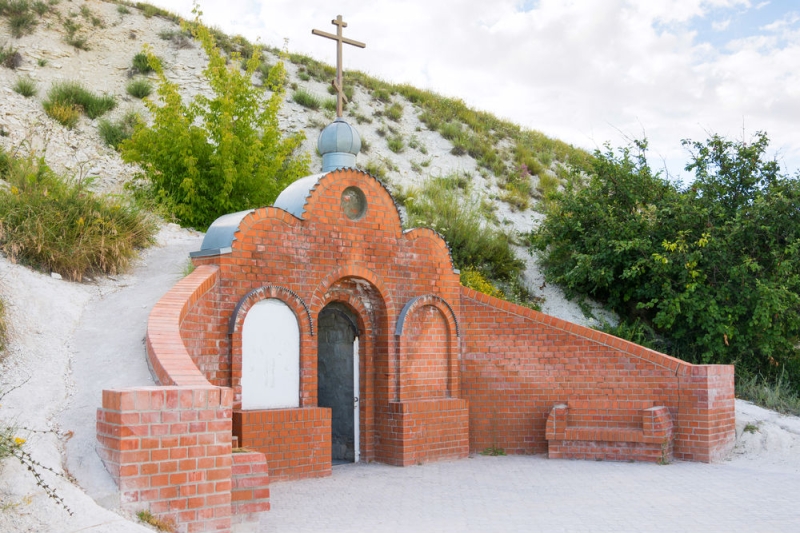
Photo: Madhourse/Shutterstock.com
The caves of the Olkhovsky region have been used by people since ancient times. The Volga Bulgars also hid in them from the invasion of the nomadic Mongols. Gradually, this place was chosen by “hermits” – hermit monks. Today, next to the underground passages there are two monasteries: the Holy Trinity Kamenno-Brodsky Belogorsky Monastery and the Gusevsky Convent in honor of the Akhtyrskaya Icon of the Mother of God. These are the centers of religious tourism in the region.
How to get there:Take a train from the Volgograd station to Serebryakovo station, then take bus No. 650 or No. 693 to the village of Olkhovka. Or from Volgograd – from the “Park Pamyati” or “Spartanovka” stops on buses No. 21E or No. 693 to the village of Olkhovka.
Try yourself in new activities
Rafting along the Don or Khoper River
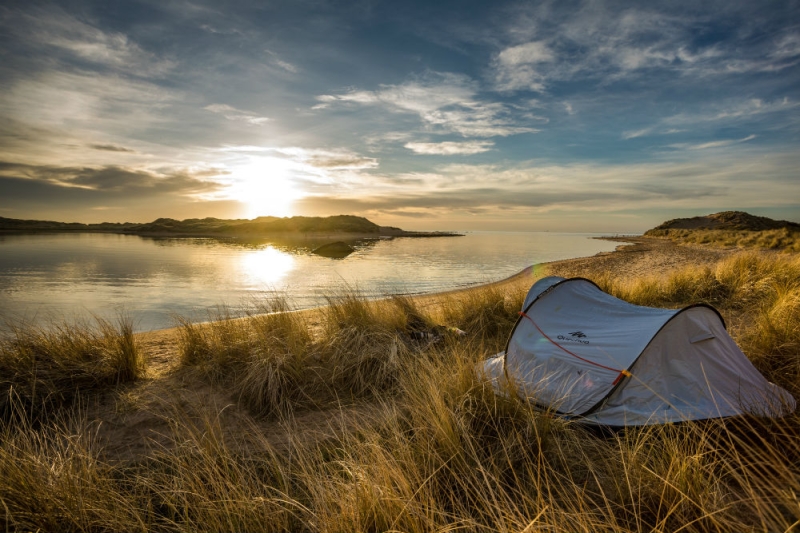
In recent years, rafting has clearly become increasingly popular among Volgograd residents: in the region you can easily find a travel company that rents out rafts or recruits a team for such a trip. Such a raft is almost a ship, only for “savages”: on board there is a barbecue and tents with bedding. Unlike the Volga, the Khoper and Don are calm rivers with little ship navigation, so it is absolutely safe. Plus – the nature of river deltas in the Volgograd region is especially beautiful. By the way, a raft crew usually has up to eight people, so this is a great chance to encourage friends you haven’t seen for a long time to take on an adventure.
Don and Khoper are also famous far beyond the region for their excellent fishing: here you can catch catfish, pike, perch, crucian carp, carp, rudd, bream or pike perch. Other fishing spots in the region are the Tsimlyanskoye Reservoir, Sarpinsky Island and the small rivers of the Don basin: Ilovlya, Chir and Liska. Often, amateur fishermen from other cities come to Volgograd for a week or two with a tent, gas burner and kettles. For detailed information with life hacks and locations, you can refer to numerous fishing forums in the region. Be sure to try cooking camp fish soup or smoking caught fish! By the way, in some places in the region there are also crayfish, which in “field conditions” turn out to be especially tasty.
Kayaking on the Akhtuba River
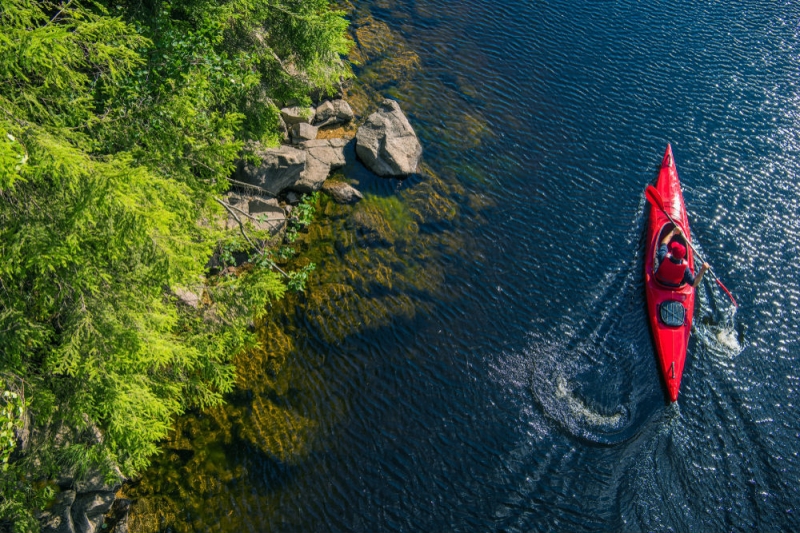
Akhtuba is a small winding river that “emerges” from the Volga near Volgograd and flows into the Buzan River in the Astrakhan region. Ships have not sailed on it for several decades – it has become very shallow. But kayaks – all the time! You can go on a one-day rafting trip or, for example, cover about 150 kilometers (from Leninsk to Akhtubinsk) in seven to ten days. A large company can rent a catamaran. By the way, on Akhtuba, on top of everything else, there is excellent fishing!
Mountaineering near Kamyshin
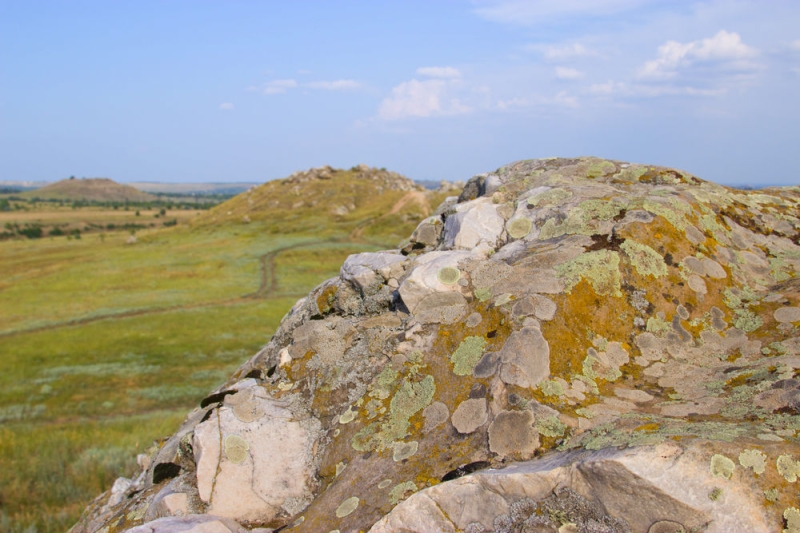
If you still think that the Volgograd region has nothing to surprise you, go near Kamyshin to the boulders with the poetic name Kamyshin Ears. Since Soviet times, they have served as a training base and competition ground for climbers. On the “ears” there are areas for both beginner climbers and pros (for example, with a negative angle). Open bouldering competitions are held here in mid-April and late September.
Learn the simple joys of Volgograd residents
Walk along the embankment
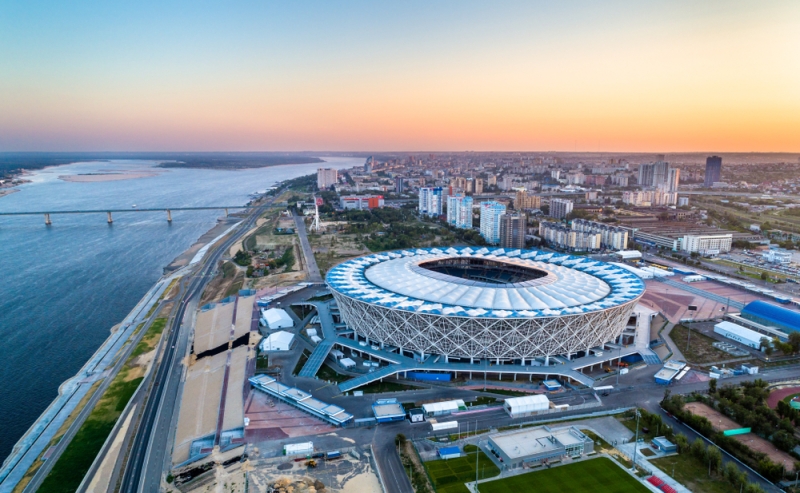
Photo: Leonid Andronov/Shutterstock.com
Not so long ago, the Central Embankment of Volgograd (or the 62nd Army Embankment) – a constant meeting and walking place for many citizens – was restored and became even better. Perhaps this is the most beautiful place in the city: to get to the Volga, you need to walk through the majestic propylaea past the Art fountain, colonnades and terraces recreated according to a pre-revolutionary design. From here you have a beautiful view of the “Shaiba” – the central concert hall (try to get there for an organ concert!) and the river station with moored ships.
From the river station, go on an hour-long tram ride: this is a mandatory item on the summer to-do list of any self-respecting local resident.
Drink beer and eat crayfish

It would seem that there is something original in beer? You just haven’t been to Volgograd! There is a brewery in the city of Volzhsky, and in the summer in Volgograd there are small “taverns” where you can try its products on open terraces. Locals come here in the evening, when it starts to get dark and the southern heat subsides a little. Beer always comes with boiled crayfish from Volga lake farms. It might seem like nothing special, but pubs are a place for lively discussions and new acquaintances. Guests of the city are usually impressed and ask to take them there more than once.
Dry river fish
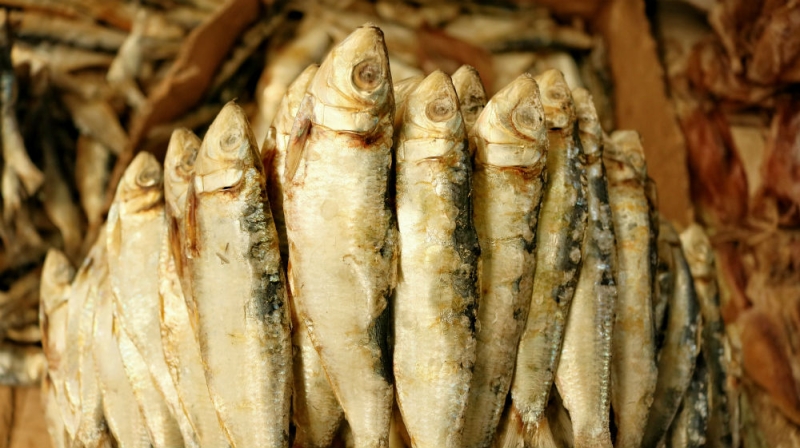
Dried fish is the main snack and a favorite snack for beer in the Volgograd region, so don’t be surprised if, while walking around the city, you see fish “garlands” on balconies (fish is usually dried on paper clips or on a string). A special quest is to dry the fish with your own hands, having previously caught it from the Don or Akhtuba. If you don’t have time to wait, you can buy it in any store or market, but the best thing is to go to Kotelnikovo station, which literally lives by fishing. In addition to dried fish, we recommend trying balyk, but it is better to buy it in small pieces, otherwise there is a high risk of purchasing fish that is not completely smoked.
Spend the whole day on the beach

A river, barbecue and watermelons are typical components of a Volgograd resident’s summer day. For extra authenticity, cook shish kebab from sturgeon (it will definitely become your favorite). As for watermelons, this is another calling card of the region. They are grown near the village of Bykovo, which is why they are popularly called “Bykovsky”. It is believed that Bykov watermelons, along with Astrakhan ones, are the most delicious in Russia (and maybe even in the world!). The season begins in July and lasts almost until November.
Text author: Margarita Paimakova

